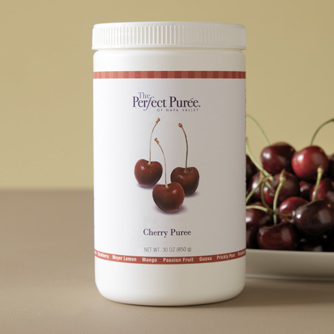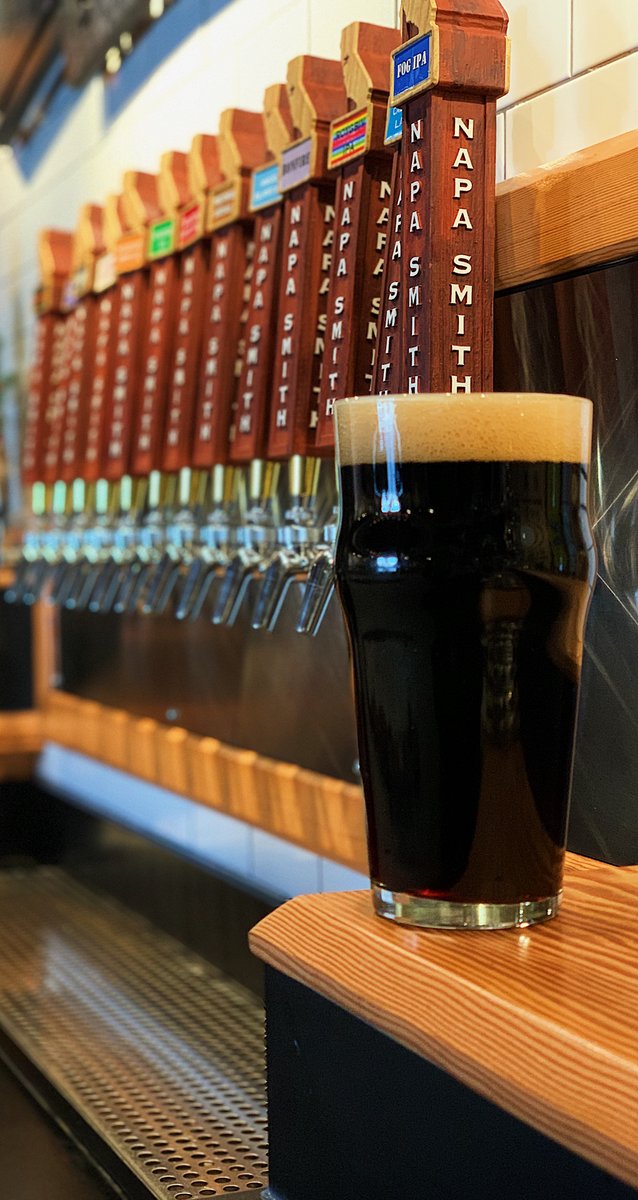Fruit flavors have been growing on beer drinkers. Literal purees and juices of pineapple, blood orange, grapefruit, tangerine, mango, peach and ever onward are being infused into IPAs, sours, hazys and (yes) smoothie beers. Now, as a brewer, what’s the best and most economical way to capture that fruit flavor in a recipe? Good question. Here are a few good questions about adding puree and juice to your craft beer concoctions. Let’s start off with the basics, but first let’s thank The Perfect Purée of Napa Valley who provided the product to help develop our unique, flavorful and high-quality beers.
So, how much puree or juice concentrate should be used?
There are a few variables for consideration:
- What beer style is the brewer trying to produce? The base beer the puree is added to makes a difference with respect to the amount of puree needed. For example, an Imperial stout may require considerably more puree than a light wheat style beer due to the overpowering chocolate and roasted malt. Lighter styles let the fruit shine through. Fruit style beers such as fruited Lambics and Kreiks may require a significant amount of fruit puree to achieve the appropriate amount of flavor and aromatics.
- What is the desired flavor profile? What is the brewer trying to accomplish when adding fruit to a beer? The amount of puree will vary and will be dependent upon the brewer’s goals, i.e., do you want a beer that is subtlety flavored or a beer that is very fruit forward?
- What puree is being used? Different fruit purees may require different additions to accomplish the same goal. In short, there is no defined amount of puree to add to beer. In practice, a suggested range is ¼-lb puree up to ½-lb puree per gallon. That said, stylistically, the brewer may choose to add even more bench trials before brewing which is highly recommended.
What benchtop or experimental techniques can you suggest to a brewer to determine how to apply puree or concentrate to a batch or style of beer?
Our recommendation for determining the appropriate amount of fruit puree to use is to perform a bench trial. Take a small volume of a proxy beer and add a range of puree amounts that closely approximate the final product. Keep in mind when using a proxy beer that results may vary a little from the final product, but when done correctly should be very close to the desired target.

When is the optimal stage of brewing to add fruit puree/concentrate?
The optimal stage to add fruit purees is during primary/secondary. Adding fruit at this time maximizes flavor and aromatic potential in the final product, while reducing contamination potential (discussed below). From a brewing standpoint some brewers don’t like to put fermentable sugars in a package to insure no additional fermentation happens downstream. We suggest adding the puree 2-3 points from the terminal specific gravity. For example, if the expected terminal is 3.5° Plato (1.014), add the fruit puree when the beer reaches 5.5° – 6.5° Plato (1.022 – 1.026). This allows for fermentables to be consumed fully.
What are the pros and cons of adding fruit pre-fermentation, during fermentation or post-fermentation?
Hot-side fruit addition is not recommended. There is significant degradation in both color and flavor. Essentially this is due to cooking the fruit puree. Slow cooling allows for the reformation of Dimethyl Sulfide (DMS), an undesirable defect. The only positive is that the puree is sterile at this point.
Pre-fermentation addition is also not recommended. At this stage, the yeast is in lag and introduction of any potential microbial contaminants in a sugar rich, oxygen rich, and non-competitive space is highly discouraged. In addition, fruit flavors and aromatics can be muted and/or scrubbed by CO2 generation and off-gassing.
Puree additions made post-fermentation/bright beer can be an appropriate method for the introduction of fruit into beer. However, as the yeast is no longer active (perhaps it has been racked or filtered), the additional sugar content will affect the flavor of the beer. Additionally, fermentable sugars will be incorporated into a package space. This is risky with respect to all the potential points of contamination associated with brewing although it is minimized when compared to pre-fermentation additions. Pending the stage of addition, clarification of the beer may be difficult.
What is the best way to add puree or juice concentrate to the batch?
The important part of adding puree to the fermentation vessel is mixing. At a brewery, add the fruit puree to an external vessel and recirculate the fermenter contents through the external vessel for approximately one hour. In a homebrewing context, simply adding the puree and gently mixing will be adequate. Best practice is to swirl the entire carboy/pail to mix. This will limit exposure to air and minimize oxidation of your beer.
Why use a frozen pasteurized puree or juice concentrate instead of an aseptic product or fresh fruit?
Our puree has been pasteurized before freezing. Pasteurization is a gentler heat treatment compared to aseptic processing. Pasteurization tends to preserve the natural color, flavor, and aromatics of the product reminiscent of fresh fruits. Because microbes have been reduced to very low levels, there isn’t much concern with microbial contamination. When purees are added to the end of primary fermentation, there is significant alcohol present, pH has been significantly lowered, oxygen has been fully consumed, and the yeast has consumed nearly all available fermentables, outcompeting most microbial contamination. That said, if an anaerobic bacterium that can consume residual dextrins is introduced, refermentation is a possibility. While pasteurization significantly reduces microbes to acceptably low levels, the product is not considered sterile.
On the other hand, aseptic purees are sterile and may be stored at ambient or refrigerator temperatures. While these aspects seem advantageous, the process tends to alter the fruit puree color such that they are darker, leaning towards brown hues. Flavors and aromatics are also muted and take on more cooked or jam-like characteristics rather than fresh fruit flavors.

Other than increasing the acidity, how will the acid ingredients (citric acid, malic acid, ascorbic acid) found in the puree affect the flavor of the beer?
Adding acidity is always of concern. At the levels of fruit puree discussed above we typically see a pH reduction of ~0.15 – 0.25. Note the acidic nature of some fruits will contribute to perceived tartness. With respect to the citric, malic, and/or ascorbic acids added to the fruit purees, they do not produce a detectable sensory effect on beer flavor.
Will the added sugars in some of the purees affect the fermentation or flavor of the beer?
The sugars added to the purees will not affect the rate of fermentation or the flavor of beer. The sugars are fully fermented out by the yeast. The additional sugar will affect the final percent alcohol by volume and by extensions the taste of your final product. This is easily calculable and predictable given you know the amount of puree added and the brix standardization of The Perfect Purée.
Will the pectin in the fruit add haze to the beer? How can haze be minimized?
Addition of fruit purees will increase haze levels in beer. Haze increase is fruit specific, as there are varying amounts of pectin or proteins. Pasteurization reduces some haze forming compounds by protein deactivation. Beer clarity and haze formation is an issue not specific to fruit. Haze is generally caused by protein/polyphenol complex or tannins from grain and hops. When adding fruit purees, additional pectin, proteins, and tannins are introduced. To reduce haze levels, additives such as PVPP or silica can be utilized on crashed green beer in order to facilitate flocculate the protein complexes. Filtration techniques (Diatomaceous earth or lenticular) aid in clarifications.
Stein Servick is the brewmaster of Napa Smith Brewery in Vallejo, Calif.
"juice" - Google News
December 06, 2021 at 08:35PM
https://ift.tt/3EsZaUz
Napa Smith Brewery gives expert advice on using puree and juice in the brewing process - Craft Brewing Business
"juice" - Google News
https://ift.tt/2yYYfhU
https://ift.tt/3c5tFS9







